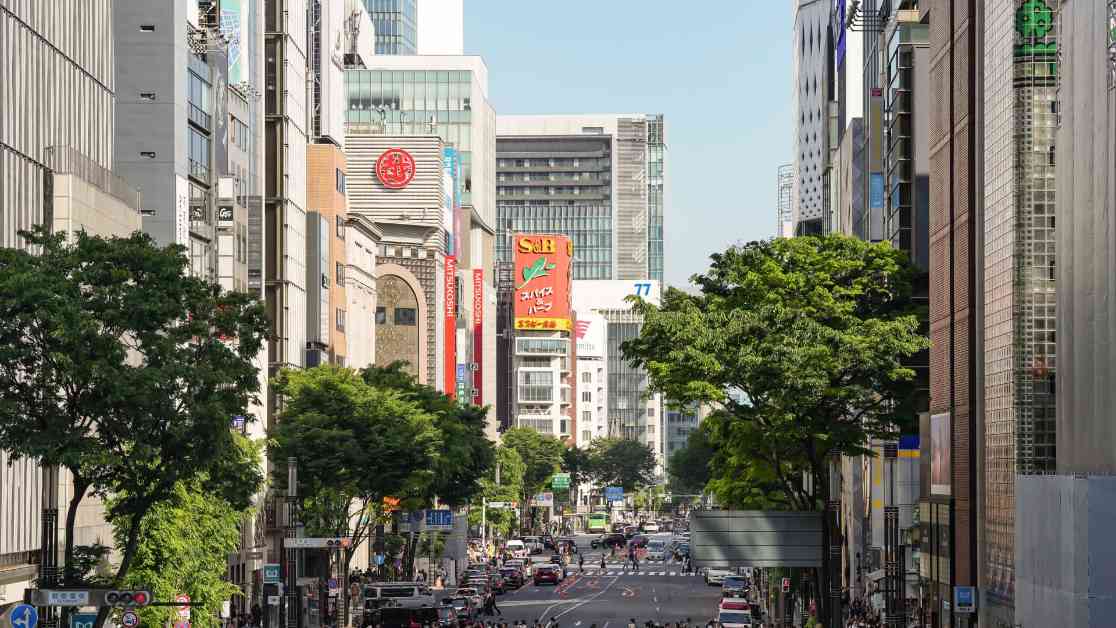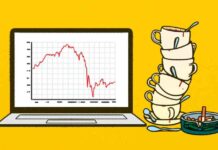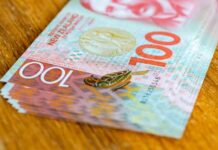Japan experienced a significant turnaround in the stock market as the Nikkei 225 and the Topix rebounded after a steep drop in the previous session. The Nikkei 225, which had seen its largest loss since the 1987 Black Monday crash, surged over 9%, ending the day up 10.23% at 34,675.46. This marked the largest daily gain since October 2008 and the highest spike in index points ever recorded.
The positive momentum in Japan’s stock market pushed both the Nikkei 225 and the Topix back into positive territory for the year so far. The Bank of Japan’s decision to raise rates to their highest level since 2008 had initially caused the yen to strengthen, impacting stocks. However, the rebound in the market saw heavyweight trading houses like Mitsui and Softbank Group Corp making gains of over 5%, with some sectors like Japanese automakers and semiconductor suppliers also experiencing significant rallies.
In South Korea, the Kospi index jumped 3.3% while the small-cap Kosdaq rose 6.02%. South Korean tech giant Samsung Electronics and chipmaker SK Hynix also saw positive movement in their stock prices. Mainland China’s CSI 300, on the other hand, fell about 0.45%, while Hong Kong’s Hang Seng index traded flat. Australia’s S&P/ASX 200 ended up 0.41%, reflecting the positive sentiment in the Asia-Pacific markets.
Oil prices also saw an increase, with Brent crude climbing to $76.98 per barrel and U.S. West Texas Intermediate crude rising to $73.78. Japan’s household spending data for June showed a larger-than-expected fall year over year, but real wages in the country grew 1.1% compared to the previous year. This growth in wages could provide the Bank of Japan with more flexibility in tightening its monetary policy.
In Australia, the Reserve Bank decided to keep its cash rate steady at 4.35%, citing uncertainty in the economic outlook despite inflation remaining above the midpoint of its target. The bank also upgraded its GDP growth forecast for the year ending December to 1.7% and lowered its CPI expectation to 3.0%.
The positive movement in the Asian markets came after a rough session in the U.S., where the Dow and the S&P 500 experienced their worst sessions since September 2022. The Dow dropped 2.6% while the S&P 500 slid 3%, with the Nasdaq Composite ending 15% off its closing high.
Overall, the rebound in the Asian markets, particularly in Japan, signals a shift in investor sentiment and reflects the resilience of these economies in the face of global uncertainties.

















